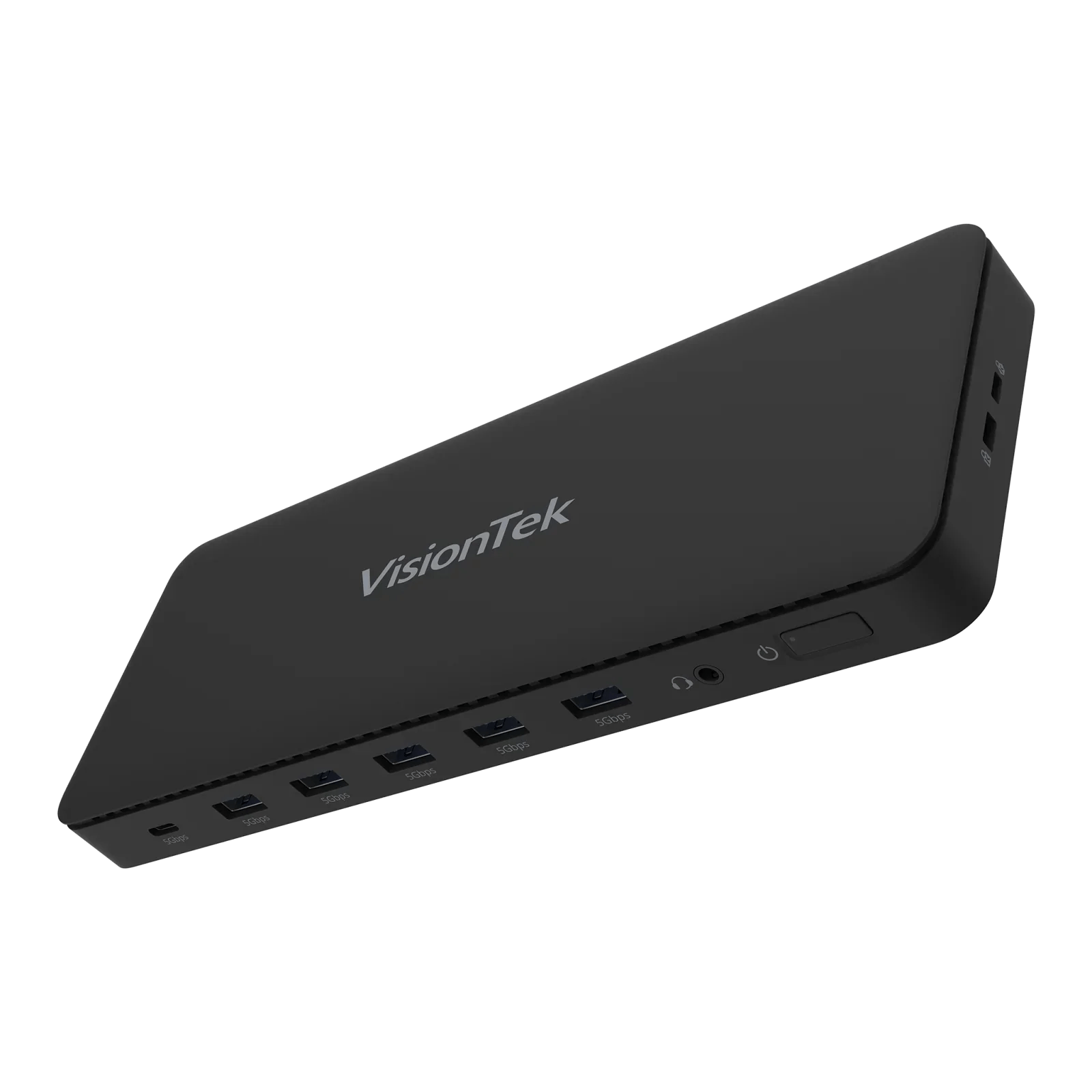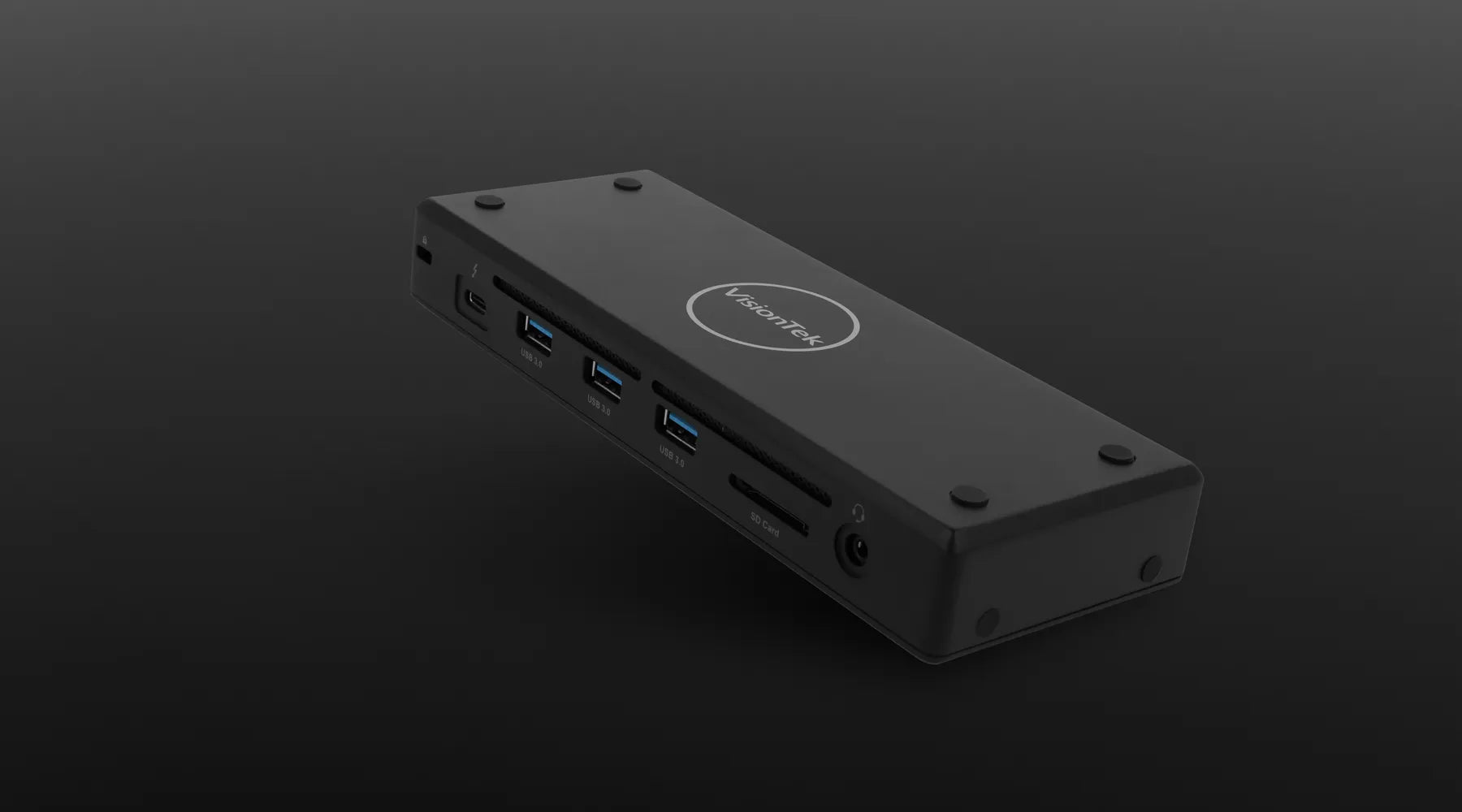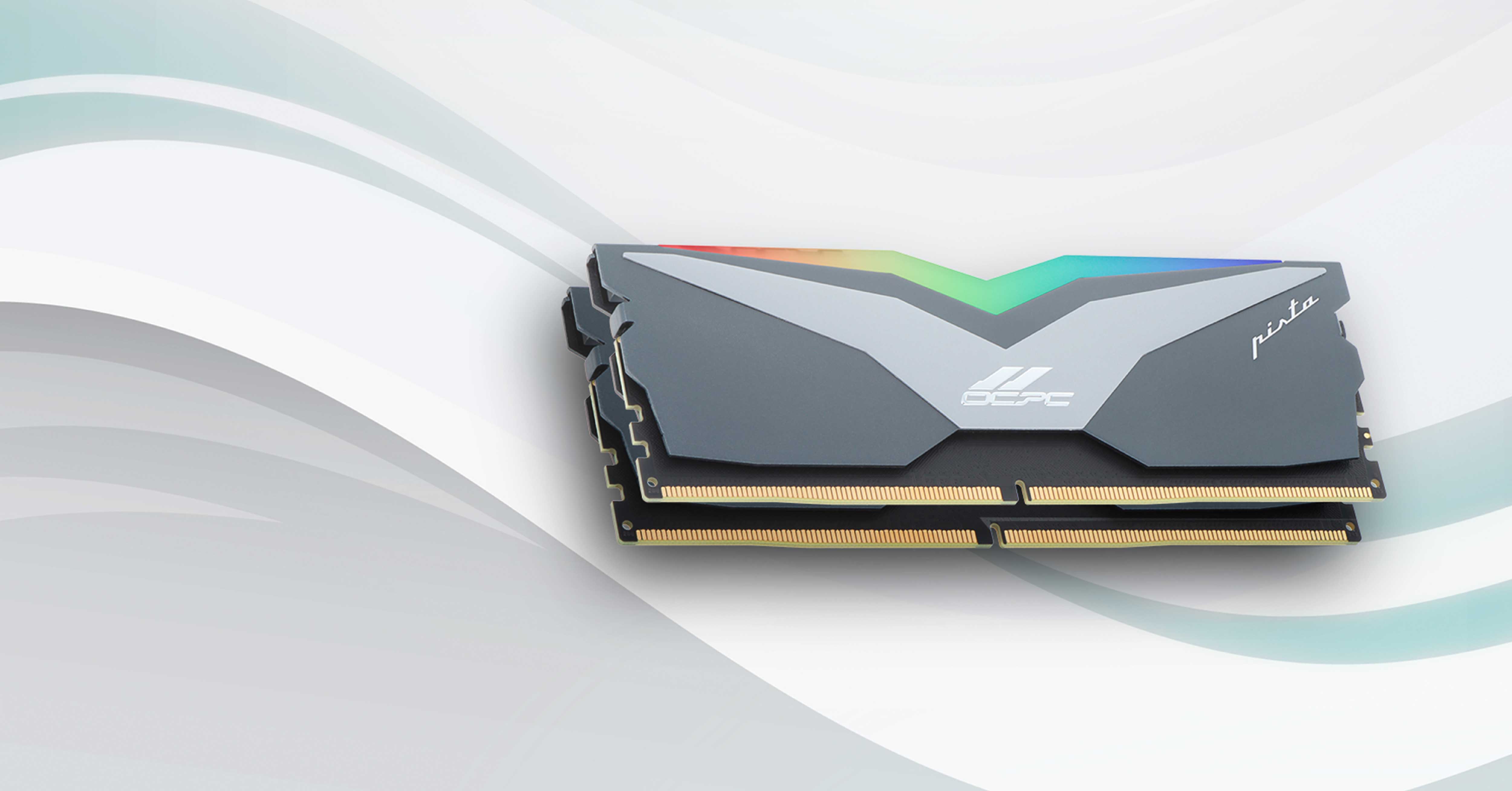As technology continues to evolve, so does the terminology that accompanies it. For anyone diving into the world of professional multimedia setups in the workplace, home entertainment, gaming, or even signage setups, understanding HDMI (High-Definition Multimedia Interface) technology can help to avoid several hiccups along the way, and help you to differentiate between run-of-the-mill product, and top-tier material.
HDMI is the backbone that connects various devices, allowing the seamless transfer of video and audio signals from one device to another. But as simple as that sounds, the technology behind HDMI is complex, with various features and specifications designed to enhance your viewing, display, or gaming experience. In this guide, we’ll explore some of the most important HDMI acronyms you need to know: VRR, QFT, ALLM, and more.
What is HDMI?
HDMI is the standard for transferring high-quality video and audio between devices like televisions, gaming consoles, and computers. An HDMI cable connects these devices, ensuring that what you see on your screen is as close to the source as possible in terms of quality. Over the years, HDMI technology has evolved, introducing various versions and features aimed at improving the user experience. Today, HDMI cables support not just standard video and audio signals but also advanced features like 4K resolution, HDR (High Dynamic Range), and high refresh rates.
Understanding HDMI Acronyms: VRR, QFT, ALLM, and More
As HDMI technology advances, so do the features it supports. Let’s dive into the key acronyms and terms that are essential for any tech enthusiast or gamer to understand.
1. Variable Refresh Rate (VRR):
VRR is a feature that reduces or eliminates lag, judder, and frame tearing during gameplay. It allows a gaming source, such as a console or computer, to deliver video frames as fast as it can, rather than being tied to a fixed refresh rate. This is particularly important for gamers who want smooth, uninterrupted gameplay. VRR ensures that the refresh rate of your display matches the frame rate of the game, leading to a more fluid and responsive gaming experience.
2. Quick Frame Transport (QFT):
QFT is designed to reduce latency, particularly in gaming and virtual reality (VR) applications. Latency is the delay between when a frame is ready for transport in the GPU and when it is fully displayed on the screen. QFT works by transporting each frame at a higher rate, reducing the time it takes for the frame to be displayed. This is crucial for gamers who demand real-time responsiveness and for VR applications where even a slight delay can break immersion.
3. Auto Low Latency Mode (ALLM):
ALLM automatically sets the ideal latency for your device, allowing for smooth, lag-free, and uninterrupted viewing and interactivity. This is especially useful for gamers who frequently switch between gaming and other activities, such as watching movies or streaming content. With ALLM, your device automatically switches to the best settings for the task at hand, eliminating the need to manually adjust settings every time you change activities.
4. High-bandwidth Digital Content Protection (HDCP):
HDCP is a form of digital copy protection designed to prevent copying of digital audio and video content as it travels across connections. It is a crucial feature for streaming services, Blu-ray players, and other content-protected media. Without HDCP, certain content may not play correctly or at all, making it essential for maintaining a seamless viewing experience.
5. Consumer Electronics Control (CEC):
CEC allows HDMI devices to communicate with each other and be controlled with a single remote. This feature simplifies the management of multiple devices, such as controlling your Blu-ray player, soundbar, and TV with one remote. CEC enhances user convenience and streamlines your home entertainment setup.
6. High Dynamic Range (HDR):
HDR enhances the contrast and color range of images, making scenes appear more dynamic and realistic. This is particularly beneficial for watching movies and playing games with rich visuals. HDR support is a significant feature in modern HDMI cables, allowing for a more immersive viewing experience.
7. Audio Return Channel (ARC) and Enhanced Audio Return Channel (eARC):
ARC allows the audio signal to travel both ways between your TV and your A/V receiver or sound bar, simplifying your setup by eliminating the need for separate audio cables. eARC, an upgraded version of ARC, supports higher bandwidth audio, including formats like Dolby Atmos and DTS:X, providing a more immersive audio experience.
8. Quick Media Switching (QMS):
QMS is designed to eliminate the black screen that often appears when switching between different video sources or content with varying frame rates. This feature ensures a smooth and seamless transition, improving the overall user experience.
9. YUV Color Space:
YUV is a color encoding system used in video compression, such as in broadcast television. HDMI’s support for YUV color space is essential for high-quality video playback, especially in 4K and HDR content, where accurate color representation is crucial.
10. Chroma Subsampling (4:4:4, 4:2:2, 4:2:0):
Chroma subsampling is a method of compressing video by reducing the color information in the image, which can affect image quality, especially in text clarity and color gradients. Different subsampling formats like 4:4:4, 4:2:2, and 4:2:0 are supported by HDMI and impact how color is represented in your content.
11. BT.2020 (Rec. 2020):
BT.2020, or Rec. 2020, is a standard for ultra-high-definition television (UHDTV) that supports higher resolutions (like 4K and 8K), higher frame rates, and a wider color gamut. HDMI cables and devices that support BT.2020 can deliver more detailed and vibrant video, enhancing the viewing experience.
12. DTS:X and Dolby Atmos:
DTS:X and Dolby Atmos are advanced audio formats that create a three-dimensional sound experience, making your home theater setup feel more immersive. These formats require HDMI cables that can handle high-bandwidth audio to deliver the best sound quality.
13. 18Gbps and 48Gbps Bandwidth:
The bandwidth that HDMI cables can support is crucial for transmitting high-quality video and audio signals. HDMI 2.0 cables typically support up to 18Gbps, suitable for 4K video at 60Hz with HDR. HDMI 2.1 cables, on the other hand, support up to 48Gbps, enabling 8K video at 60Hz or 4K at 120Hz, along with other advanced features.
14. Transition-Minimized Differential Signaling (TMDS):
TMDS is the technology used by HDMI to transmit video, audio, and auxiliary data, minimizing signal degradation over long distances. This feature is critical for ensuring that HDMI cables deliver consistent, high-quality performance, especially in complex home theater or gaming setups.
How Can VisionTek Help with HDMI Connectivity?
Navigating the complexities of HDMI technology can be daunting, but VisionTek is here to simplify your experience. Whether you’re a gamer, a movie enthusiast, or a professional who needs reliable connectivity, VisionTek offers a wide range of HDMI cables and adapters designed to meet your needs.
For gamers looking to eliminate lag and enjoy smooth, uninterrupted gameplay, VisionTek’s HDMI 2.1 cables are an excellent choice. These cables support advanced features like VRR and QFT, ensuring that your gaming experience is as responsive and immersive as possible. With up to 48Gbps of bandwidth, these cables are also future-proofed for next-gen gaming consoles and 8K content.
Home theater enthusiasts will also appreciate VisionTek’s HDMI cables that support Dynamic HDR, eARC, and BT.2020 standards. These features ensure that you get the best possible picture and sound quality, bringing the cinematic experience right into your living room. Whether you’re watching the latest blockbuster in 4K or enjoying a DTS:X audio experience, VisionTek’s cables deliver the performance you need.
Ultra High Speed HDMI 2.1 Cable - 48Gbps (M/M)
VisionTek’s HDMI 2.1 48Gbps Cable is designed to deliver an unparalleled viewing experience, whether you're streaming the latest 8K content, gaming at ultra-fast frame rates, or connecting to a professional display. With a bandwidth of 48Gbps, this cable supports the latest video resolutions and refresh rates, ensuring that your visuals are not only sharp but also incredibly smooth.
Engineered for those who demand the best, this HDMI 2.1 cable offers more than just high-speed data transfer; it brings your content to life with vibrant colors, deep contrast, and flawless motion. Whether you're a professional working on high-end media projects or a home theater enthusiast, VisionTek’s HDMI 2.1 cable guarantees that your audio-visual setup is future-proofed and ready to meet the demands of the latest technology. Experience the difference that cutting-edge connectivity can make.
USB-C to HDMI 2.0 Active 2 Meter Cable (M/M)
When you're in the middle of a high-stakes presentation or working on a critical multimedia project, you need equipment that won’t let you down. VisionTek’s USB-C to HDMI 2.0 Active 2 Meter Cable provides a dependable connection, ensuring that your work is displayed with the highest quality on any HDMI-compatible screen. With its active technology, this cable maintains signal integrity over longer distances, making it perfect for conference rooms, classrooms, and other professional settings where every detail counts.
Whether you're showcasing detailed graphs, streaming video content, or running a dynamic slideshow, VisionTek’s USB-C to HDMI 2.0 cable guarantees that your output is crisp, clear, and always in sync. Don’t leave your presentations to chance—equip yourself with the reliability that professionals trust.
Shop USB-C Cables and Adapters
VisionTek’s commitment to quality and performance ensures that no matter what your HDMI needs are, you’ll find a solution that meets your expectations. Explore VisionTek’s full range of HDMI products on https://visiontek.com and take your tech setup to the next level.





Share:
Upgrading Your PC Setup with Better Memory and SSDs
A Quick Guide to USB Port Symbols, Logos, and Icons